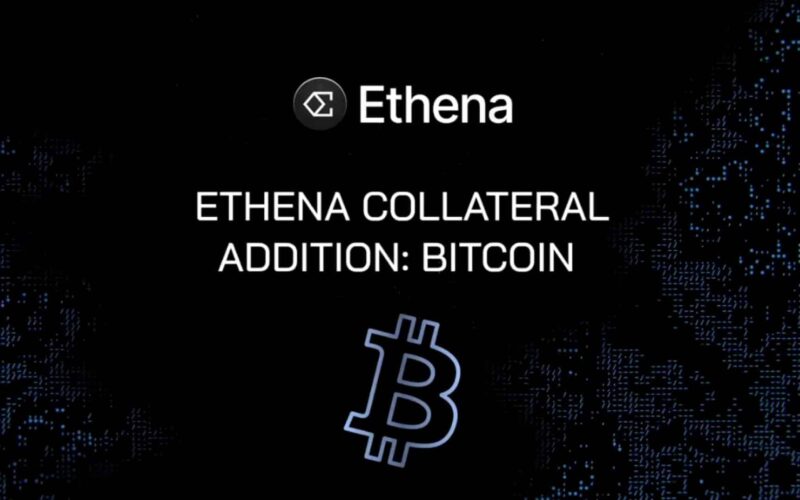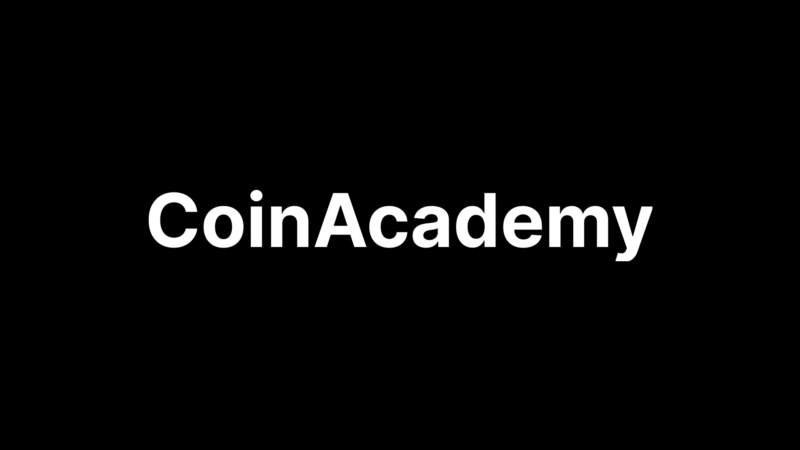Ethena Labs, a controversial platform for its innovative investment strategy in decentralized finance, is taking a new step in the evolution of its synthetic dollar, USDe, by integrating Bitcoin as a hedge asset.
Bitcoin Yield Strategy for Ethena’s USDe
Since its launch in January, Ethena has generated returns by shorting Ethereum futures contracts and collecting funding rates. Despite criticism, this method has seen increasing demand, with over $2 billion in USDe issued since its inception. The USDe aims to maintain a permanent peg to the US dollar, acting as a stablecoin but backed by a different mechanism.
The addition of Bitcoin in the platform’s operations is seen as an evolution aimed at increasing returns for users while promoting further growth in USDe issuance.
“After the unprecedented growth of USDe since its launch, Ethena hedges represent about 20% of the open interest on ETH today,” say Ethena developers.
Ethena’s Operating Mechanism
On Ethena, users can deposit stablecoins such as Tether (USDT), FRAX, DAI, Curve USD (crvUSD), and mkUSD to receive Ethena’s USDe, which can then be staked. Withdrawal takes seven days. Staked USDe tokens can be provided to other DeFi platforms to generate additional yield.
The platform uses a futures mechanism similar to a “cash and carry” trade, where a trader takes a long position on an asset while simultaneously selling the underlying derivative. This type of transaction is theoretically direction-neutral (delta neutral) and generates income from funding payments rather than price movements of the underlying asset.
By integrating Bitcoin into its operations, Ethena aims not only to diversify its hedge assets but also to tap into the BTC derivatives markets, which offer better scalability and liquidity compared to ETH. Ethena claims that this approach strengthens the robustness of USDe, promising a safer product for users, but concerns persist in the community, still traumatized by the collapse of Terra.




